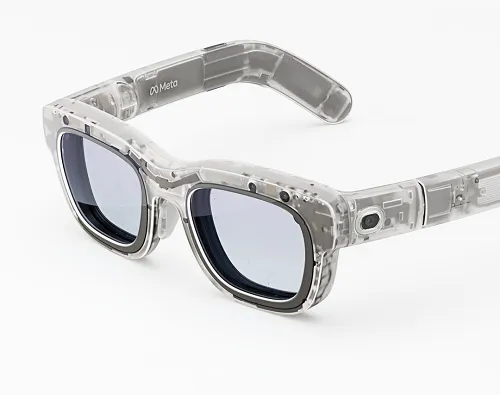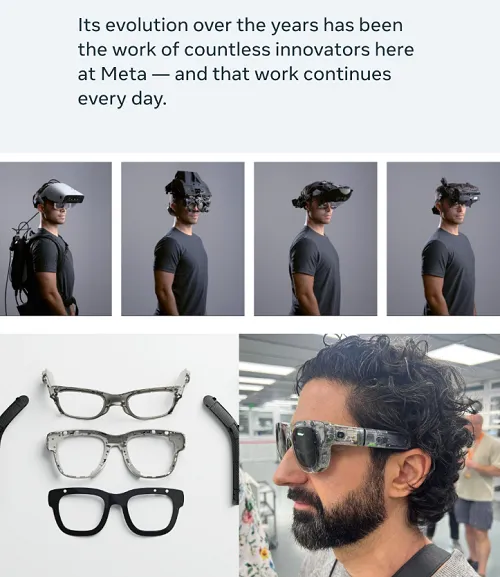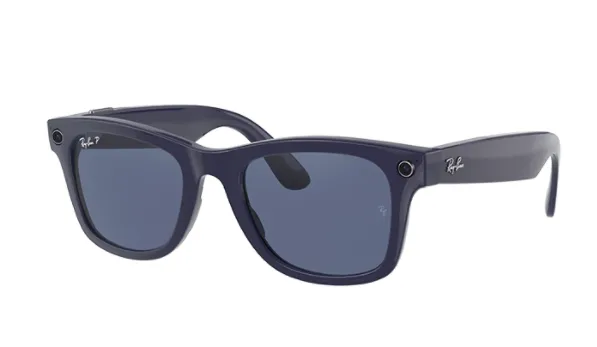Despite them not being scheduled for a consumer launch for some time yet, Meta has today provided some additional insights into its Orion AR glasses, which it views as the next major computing shift.

In a series of slides posted to Threads, Meta has outlined some of the key technological advances that have gone into the latest version of its AR device, which is currently in testing with selected developers.

The “puck”, for example, will provide additional computing and battery power for the glasses, in order to slim down the frames.
Which are still looking pretty chunky.

But then again, when you see how far Meta has come:

This has been a key challenge for Meta’s Reality Labs team, which oversees the development of its VR and AR devices, among others. Meta’s keen to make its glasses more suitable for everyday wear, in line with its Ray Ban smart glasses, which have become a big hit of late.

The integration of AI into the glasses, combined with their fashionable look, has brought them a much bigger audience, and Meta’s now looking to translate those same elements across to its AR device as well.
And it still has some time to improve them. Meta’s scheduled consumer launch for its Orion AR glasses is 2027, when it also hopes to have significantly reduced the cost of the device.
Meta CEO Mark Zuckerberg has been highly critical of Apple’s approach with its AR-enabled VisionPro device, noting that its $3,499 price tag is simply too high to ensure widespread adoption. Meta, instead, has been aiming for a price comparable to a modern mobile phone for its technology-packed glasses.
I mean, that might be difficult amid the current U.S. trade war initiated by the Trump Administration, given that Meta sources many of its glasses components from overseas. But the idea, from Zuckerberg’s perspective, is to get its AR glasses onto as many faces as possible, then recoup costs from their usage.
There are limitations within that, of course, and Meta still needs to balance production costs against expanded ad opportunities, feature add-ons, and potential subscription elements. But it does seem like Meta’s AR glasses will eventually be both acceptable enough to wear in most environments, while also not breaking the bank for early adopters.
It’s interesting to consider the potential here, and where these glasses are headed. Zuckerberg himself has stated his belief that AR glasses will eventually surpass mobile phones as the key connective interface for the next generation.
That is possible, and it’s interesting to see where the device is currently at, with a view towards future adoption.














